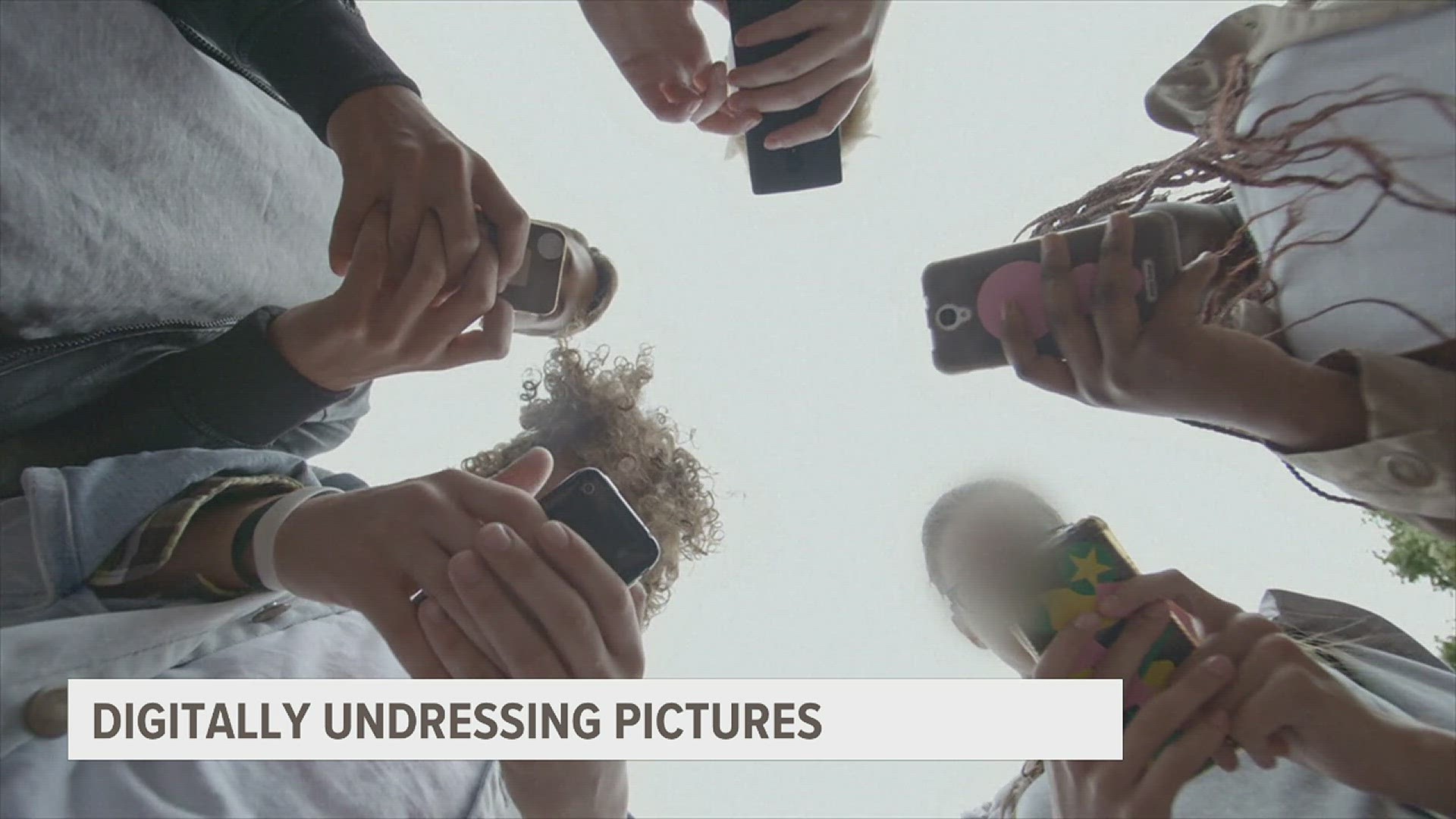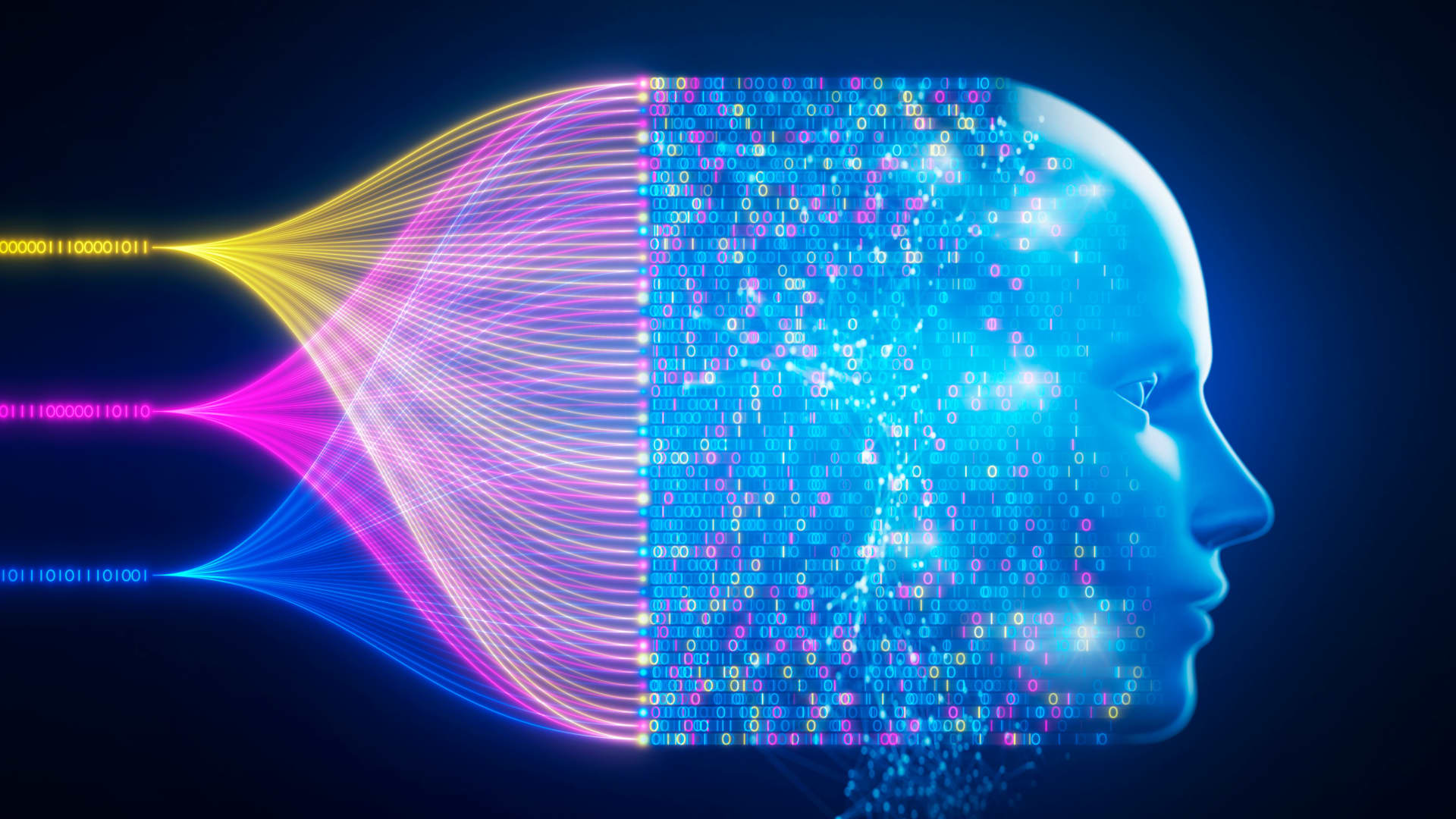AI Undress: The Controversial Tech That’s Raising Questions About Privacy And Ethics
AI undress technology has become one of the most debated topics in recent years, sparking conversations about privacy, consent, and the ethical implications of AI advancements. Imagine being able to remove clothing from someone’s photo with just a click—sounds like something out of a sci-fi movie, right? But here we are, living in a world where this tech is not only possible but also accessible to some. In this article, we’ll dive deep into what AI undress is, how it works, its potential dangers, and why it matters to you.
As AI continues to evolve, so do the ways it can be used—and misused. While AI undress might seem like an interesting novelty, it’s important to understand the consequences that come with it. This technology has sparked outrage among privacy advocates, lawmakers, and everyday people who fear their personal images could be exploited without their consent.
In today’s digital age, our photos are everywhere—on social media, in cloud storage, and sometimes even in public databases. With AI undress, these images could potentially be manipulated in ways that invade our privacy and harm our reputations. So, let’s break down what this tech is all about and why it’s such a big deal.
- Unveiling The Mysteries Of Uiiu A Deep Dive Into Its Meaning And Significance
- Jameliz Benitez Erome The Rising Star In The Spotlight
What Exactly is AI Undress?
AI undress refers to a type of artificial intelligence software that uses deep learning algorithms to digitally remove clothing from photos or videos. Think of it as Photoshop on steroids, but instead of manually editing an image, the AI does the work automatically. The process involves analyzing the structure of the human body, predicting where clothing ends, and generating realistic skin textures to replace it.
At first glance, this might sound harmless—or even entertaining. However, when you consider the implications, it becomes clear why many people are worried. This tech opens up a Pandora’s box of ethical dilemmas, especially when it comes to non-consensual image manipulation.
How Does AI Undress Work?
The magic behind AI undress lies in neural networks, which are trained on massive datasets of images. These networks learn to recognize patterns in clothing, body shapes, and textures. Once trained, the AI can take a photo and generate a new version where the clothing appears to have been removed.
- Hannah Barron Leaked The Truth Behind The Controversy You Need To Know
- 300mb Mkv Movies Download Your Ultimate Guide To Enjoying Blockbusters
Here’s a quick breakdown of how it works:
- Image analysis: The AI examines the photo to identify clothing and body parts.
- Texture generation: It generates realistic skin textures to replace the clothing.
- Final rendering: The edited image is produced, often looking surprisingly lifelike.
While the technology itself is impressive, the ethical concerns surrounding it cannot be ignored. Let’s explore those next.
The Ethical Concerns Surrounding AI Undress
One of the biggest issues with AI undress is the potential for misuse. Think about it—this technology could be used to create deepfake images that falsely depict individuals in compromising situations. Victims of such abuse may face emotional distress, damage to their reputation, and even legal consequences.
Consent is another major concern. Without explicit permission, using someone’s image in this way is a violation of their rights. It’s not just about privacy; it’s about respecting individuals and their autonomy over their own bodies and likeness.
Who Can Be Affected by AI Undress?
Anyone with publicly available photos could potentially become a target. Celebrities, influencers, and everyday people alike are at risk. In fact, there have already been instances where AI undress has been used maliciously, leading to widespread backlash and calls for regulation.
For example, in 2019, a Reddit user created a tool called "DeepNude" that allowed users to generate fake nude images of women. The backlash was so intense that the creator shut down the project. However, similar tools continue to exist in less visible corners of the internet.
Is AI Undress Legal?
Legally speaking, the waters are murky. Laws regarding AI undress vary from country to country, and many jurisdictions haven’t yet caught up with the rapid advancements in AI technology. In some places, creating or distributing non-consensual deepfake images may be considered illegal under existing laws related to harassment, defamation, or invasion of privacy.
However, enforcement remains a challenge. Even if laws exist, tracking down offenders and holding them accountable can be difficult, especially if they operate anonymously or across borders.
What Can Be Done to Prevent Abuse?
There are several steps that governments, tech companies, and individuals can take to mitigate the risks associated with AI undress:
- Enact stricter regulations on AI technology.
- Develop tools to detect and flag deepfake images.
- Educate the public about the dangers of AI undress.
- Encourage responsible AI development practices.
While these measures won’t eliminate the problem entirely, they can help reduce the likelihood of abuse and hold bad actors accountable.
The Impact on Society
AI undress has far-reaching implications for society as a whole. Beyond the immediate risks to individuals, it also challenges our understanding of truth and reality. As deepfake technology becomes more advanced, it becomes harder to distinguish between real and fake images. This erosion of trust can have serious consequences for journalism, politics, and interpersonal relationships.
Moreover, the normalization of AI undress could lead to a culture of objectification and exploitation, where people feel unsafe sharing their photos online. This would be a significant step backward in terms of digital freedom and expression.
How Can We Promote Ethical AI?
To combat the negative effects of AI undress, we need to focus on promoting ethical AI practices. This includes:
- Investing in research and development of ethical AI frameworks.
- Encouraging transparency and accountability in AI development.
- Supporting initiatives that empower individuals to protect their digital identities.
By prioritizing ethics, we can ensure that AI technology benefits humanity rather than harming it.
Real-World Examples of AI Undress Abuse
There are numerous examples of AI undress being used maliciously. One notable case involved a celebrity whose private photos were leaked online and then manipulated using AI undress software. The resulting images were shared widely, causing significant distress to the victim and sparking debates about digital privacy.
Another example comes from the world of online harassment, where trolls and cyberbullies use AI undress to target their victims. These incidents highlight the urgent need for better safeguards against such abuse.
What Can Victims Do?
If you or someone you know becomes a victim of AI undress, there are steps you can take:
- Report the images to the platform where they were shared.
- Seek legal advice to explore your options for recourse.
- Use privacy tools to control who can access your photos online.
Remember, you are not alone, and there are resources available to help you navigate this difficult situation.
The Future of AI Undress
Looking ahead, the future of AI undress depends largely on how we choose to regulate and use this technology. Will we allow it to be exploited for nefarious purposes, or will we implement safeguards to ensure it’s used responsibly?
Some experts believe that AI undress could have legitimate applications in fields like fashion design or medical imaging. However, these uses must be carefully considered and regulated to prevent misuse.
What Can You Do to Stay Safe?
As individuals, there are steps we can take to protect ourselves from AI undress:
- Be cautious about sharing personal photos online.
- Use privacy settings on social media platforms to limit who can see your photos.
- Stay informed about the latest developments in AI technology and its potential risks.
By taking proactive steps, we can reduce our vulnerability to AI undress and other forms of digital exploitation.
Conclusion
In conclusion, AI undress is a powerful technology with both promising and troubling implications. While it showcases the incredible capabilities of AI, it also raises important questions about privacy, consent, and ethics. As we continue to navigate this complex landscape, it’s crucial that we prioritize the protection of individuals and promote the responsible development of AI technology.
We encourage you to share your thoughts on this topic in the comments below. What are your concerns about AI undress? How do you think we can address the challenges it presents? Together, we can work toward a future where AI benefits everyone—not just a select few.
Table of Contents
- What Exactly is AI Undress?
- How Does AI Undress Work?
- The Ethical Concerns Surrounding AI Undress
- Who Can Be Affected by AI Undress?
- Is AI Undress Legal?
- What Can Be Done to Prevent Abuse?
- The Impact on Society
- How Can We Promote Ethical AI?
- Real-World Examples of AI Undress Abuse
- The Future of AI Undress



Detail Author:
- Name : Shayne Christiansen
- Username : schowalter.tremaine
- Email : jackeline.lindgren@hotmail.com
- Birthdate : 1982-09-08
- Address : 26567 Lily Canyon Suite 566 North Abraham, SC 32294-6989
- Phone : +1-727-814-3782
- Company : Aufderhar, Beahan and Gulgowski
- Job : Concierge
- Bio : Totam odit enim provident et perferendis quod maiores. Ea qui alias cupiditate commodi velit sed dolores.
Socials
twitter:
- url : https://twitter.com/shawn_official
- username : shawn_official
- bio : Et consequatur qui qui quae. Pariatur numquam illum odio iusto. Dolores temporibus fugiat accusantium sint.
- followers : 4069
- following : 1691
tiktok:
- url : https://tiktok.com/@shawnleffler
- username : shawnleffler
- bio : A odio quia facilis qui quaerat. Repellendus vel quis sint voluptatem.
- followers : 6342
- following : 1904